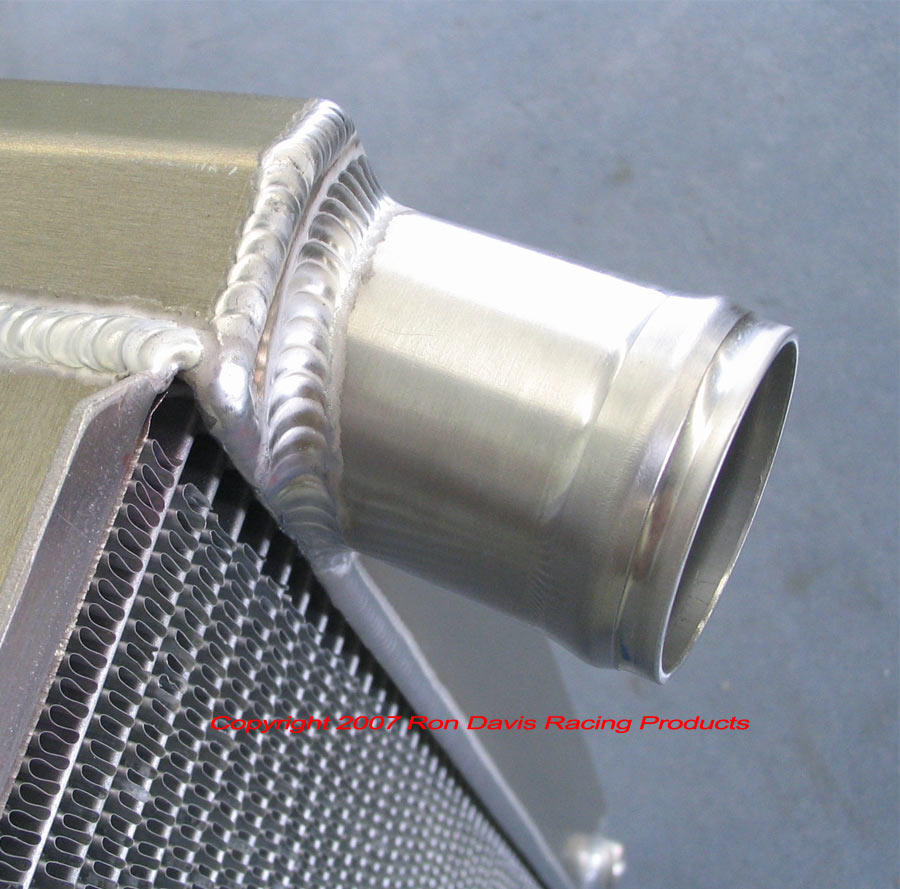Radiators have come a long way since their humble beginnings in ancient Rome. These important heating units have evolved over the centuries, adjusting to transforming modern technologies and architectural types. Coming from easy stone designs to modern modern-day style, radiators have played a vital function in maintaining our houses warm and comfortable. In this article, we will certainly look into the interesting adventure of radiators from ancient opportunities to the present time.
The principle of heating system time back manies thousand of years, with early people using several methods to always keep cozy throughout the chillier months. Ancient Rome was one such civilization that spearheaded an early form of central home heating recognized as a hypocaust body. This brilliant body entailed circulating very hot air from a heating system by means of unfilled spaces in wall structures and under floors, supplying coziness throughout sizable structures such as bathhouses and suites.

While not technically radiators as we understand them today, these very early heating system systems set the structure for future advancements in thermal comfort. They shown the significance of dispersing warm uniformly throughout a space for the greatest performance and comfort.
Fast ahead to the 19th century, and we locate ourselves amidst the Industrial Revolution. This duration marked significant developments in production approaches and products, which possessed a profound impact on radiator design. Cast iron ended up being extensively accessible and was quickly recognized for its great heat retention residential or commercial properties. It was in the course of this time that cast iron radiators began to emerge as well-known components in houses throughout Europe and North America.
These very early directed iron radiators were hefty and ornate constructs designed more for feature than aesthetic appeal. More Details featured complex designs and specify details that provided both aesthetic functions and enriched warm circulation. As vapor ended up being a common approach of heating during the course of this time, these radiators were usually connected to central combi boilers via water pipes that brought scorching water or heavy steam.
Nevertheless, it wasn't until the 20th century that significant advancements transformed radiator layout once once more. The introduction of steel manufacturing approaches permitted for the creation of sleeker, even more efficient radiators. Steel radiators promptly got popularity due to their lightweight building and first-rate warm outcome.
The post-war era saw a rapid increase in developments and enhancements in radiator modern technology. Along with the introduction of forced-air heating system units, radiators took on a new kind. As an alternative of relying only on convection to circulate warmth, forced-air units used followers or blowers to push cozy sky right into the area. This development led in extra sleek and space-efficient radiator concept that might be simply incorporated into modern-day insides.
In latest years, there has been a increasing importance on energy productivity and sustainability in heating system bodies. This has led to the rise of ingenious radiator style that optimize heat energy outcome while decreasing energy usage. One such example is the intro of light weight aluminum radiators, which use superb thermal energy and quicker reaction times matched up to traditional materials.
Furthermore, innovations in technology have allowed the assimilation of intelligent function in to present day radiators. These brilliant radiators may be controlled remotely via smartphone apps or connected to home computerization systems, perm